This page may contain affiliate links that allow us to make a small commission from qualifying purchases (at no extra cost to yourself). We appreciate your support.
There are many types of reptiles that can be kept as pets but not all species are suited to live within a terrarium. Some reptiles make great family pets, and some are for more experienced reptile lovers. The below list consists of a variety of reptiles, of all sizes, that make great pets and can live within a terrarium habitat.
- Bearded Dragon
- Green Anole
- Chinese Water Dragon
- Corn Snake
- Argentine Black and White Tegu
- Box Turtle
- Crested Gecko
- Red-Eared Slider
- Veiled Chameleon
- Blue-Tongue Skink
- Leopard Gecko
- Ball Python
- Uromastyx
- California Kingsnake
- Green Iguana
Understanding your reptile’s specific needs and characteristics is vitally important when choosing your terrarium. You want to make sure your terrarium creates a suitable environment to allow your reptile to grow healthily and live a long happy life. Within this article, we have put together key information for each of the reptiles above that will help you decide which one is right for you.
If you are interested in animals that can live in a small/micro terrarium, then hold on for a second. I wrote an article showing the best animals that thrive in a 10 gallon or less terrarium.
The number one mistake people make when choosing terrariums for their reptiles is not understanding the reptile’s growth capacity and how much space they need to be comfortable. You must consider the reptile’s current size as well as their potential growth when choosing a terrarium.
1. Bearded Dragon
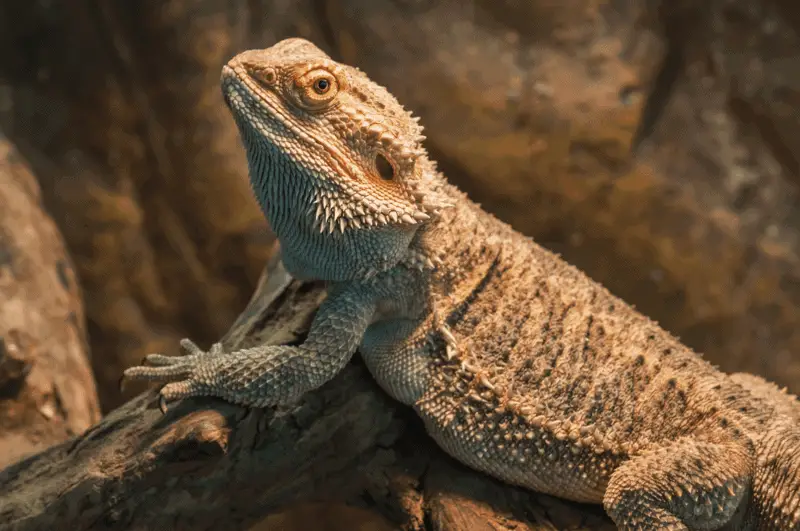
Bearded Dragons are great for beginners or for families with kids. They are quite docile and love to be held. It is preferable for bearded dragons to live alone as they are territorial creatures and like their own space. Two females could potentially occupy the same terrarium, but it would be difficult to accomplish successfully. Two males should never be paired together.
If you are wondering if they tend to bite, check out this article I wrote for a full breakdown!
Bearded dragons originate from the arid woodlands and deserts of central Australia, so they prefer a warm, dry, desert type environment. Replicating this type of habitat within your terrarium will make them feel right at home.
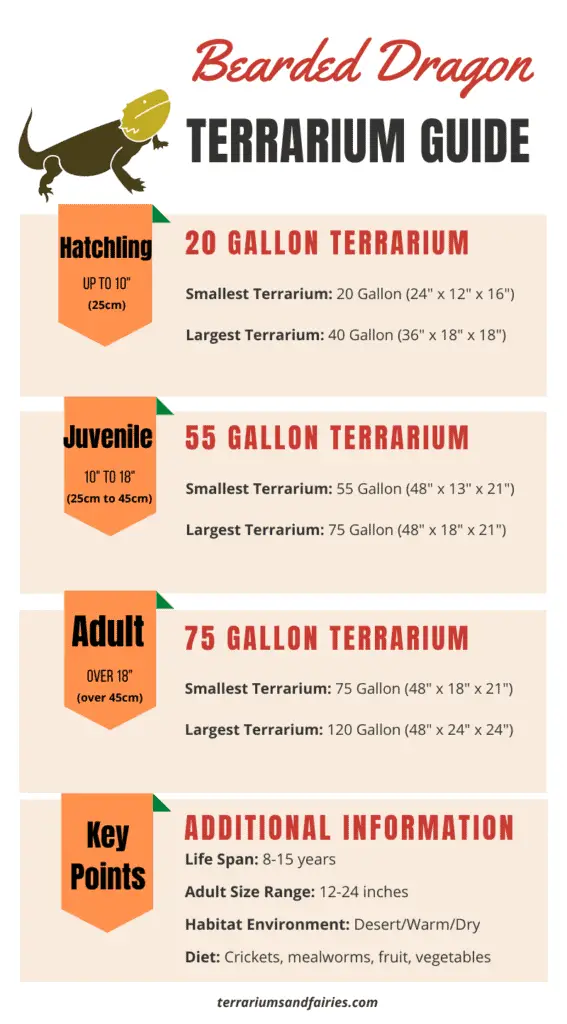
2. Green Anole
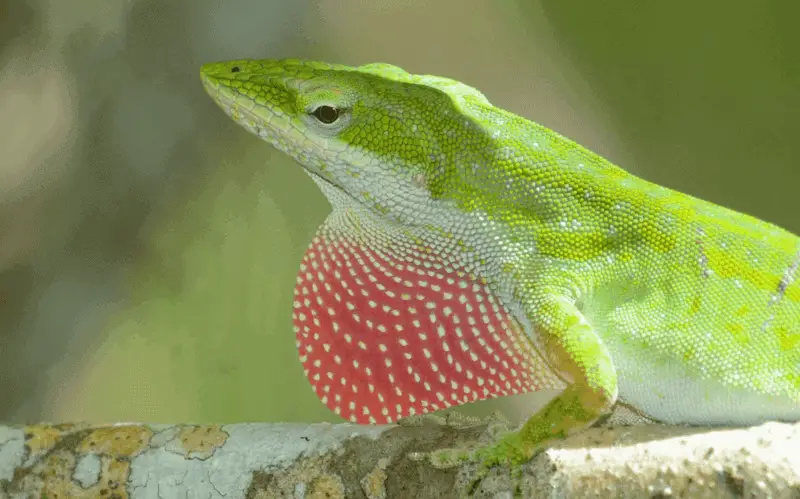
Green Anoles are inexpensive and easily available in most places, making them an easy pet choice. Their smaller size and communal nature allow you to care for multiple anoles within your terrarium. Just make sure that males are kept separate as they are quite territorial.
Green Anoles love to be up high as they get nervous when close to the ground. Make sure to include lots of branches and plants that they can use to hide and climb on. Green Anoles often bask in sunlight for at least 8 hours a day so be sure to have some basking rocks and branches and adequate light/heating lamps. It is also essential to include some form of substrate. Peat moss, soil, or orchid bark work well as they remain damp after misting without staying too wet.
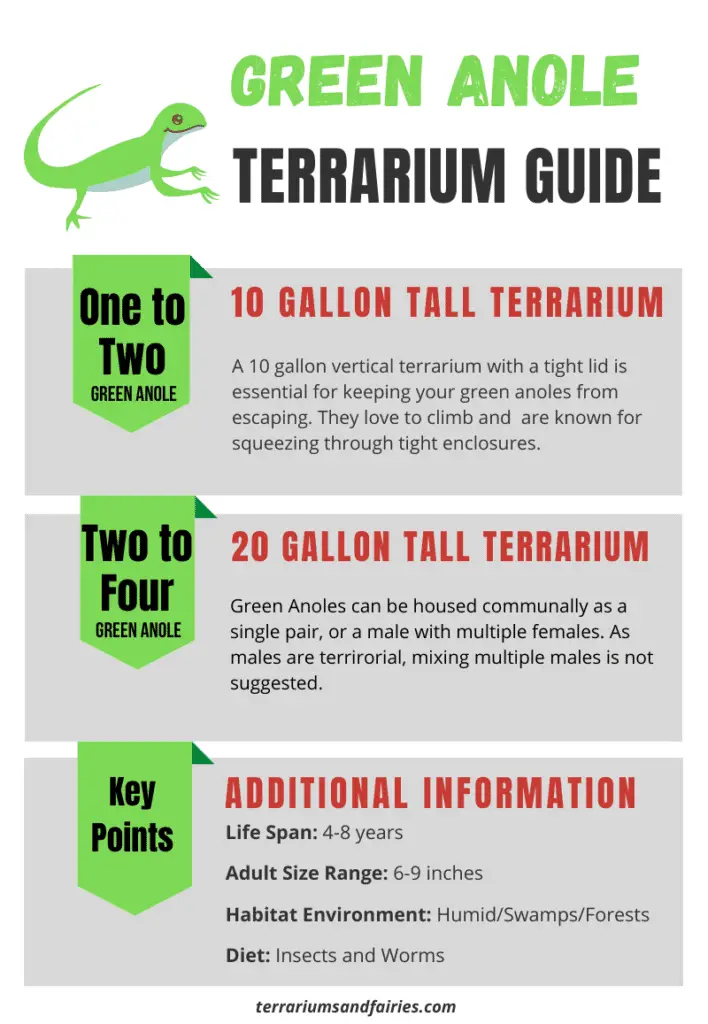
3. Chinese Water Dragon
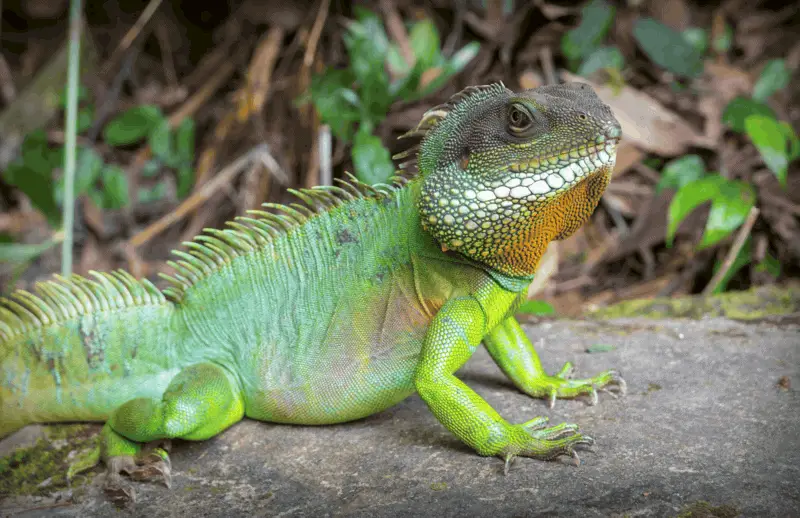
Chinese Water Dragons can make great pets, but they do require intermediate experience. Their habitat requires very specific needs and constant monitoring of humidity levels to keep your dragons nice and healthy.
A wooden terrarium is essential and enough branches and rocks for climbing and sun exposure is required. Water Dragons love to swim, so make sure to include a small body of water for them to play in.
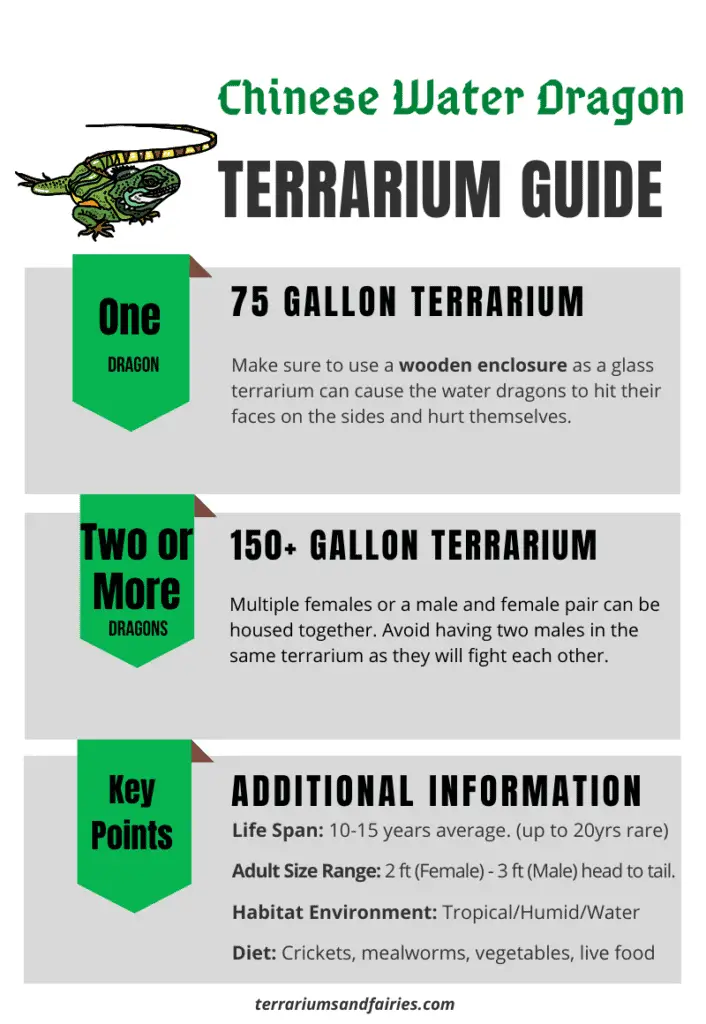
4. Corn Snake
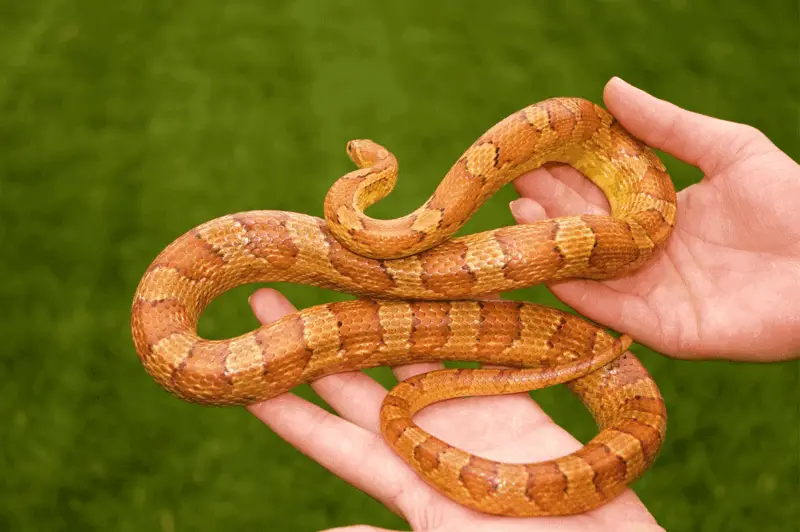
A great snake for beginners, corn snakes are docile and relatively easy to care for. Make sure to only have one corn snake per terrarium as they do not play well with others. The terrarium enclosure should be no shorter than half the length of the snake.
Corn snakes love to climb so be sure to include plenty of plants and branches as well as some rocks for basking. Try to have at least two hide boxes, making one of them specifically for shedding. Cork bark hide is a great option.
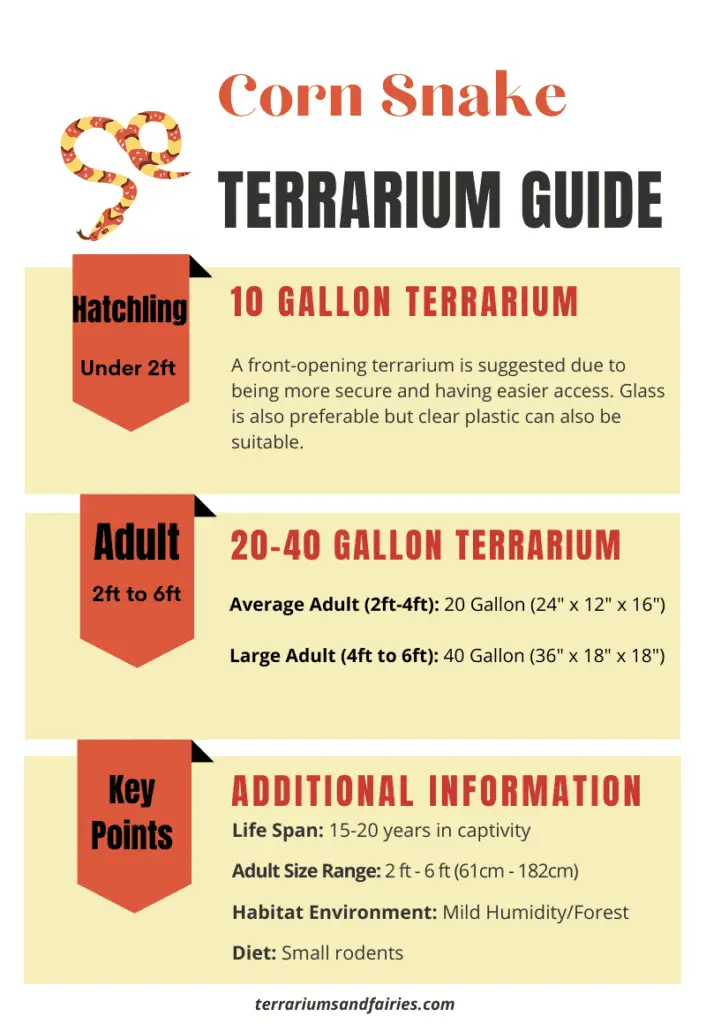
5. Argentine Black and White Tegu
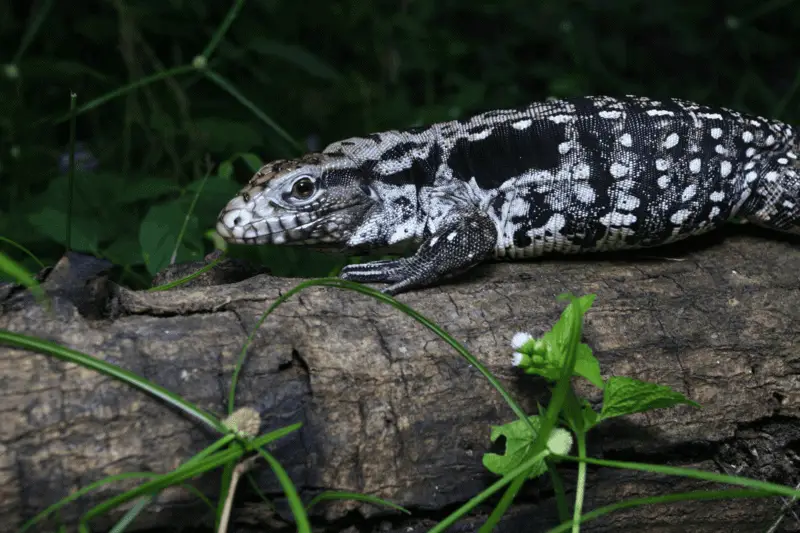
Argentine Tegu’s are smart creatures that can grow quite large, so be sure they have enough room to roam around. They are best suited for someone with intermediate experience.
Tegu’s who have been handled since they were hatchlings are able to recognize their owners and build personal connections with them.
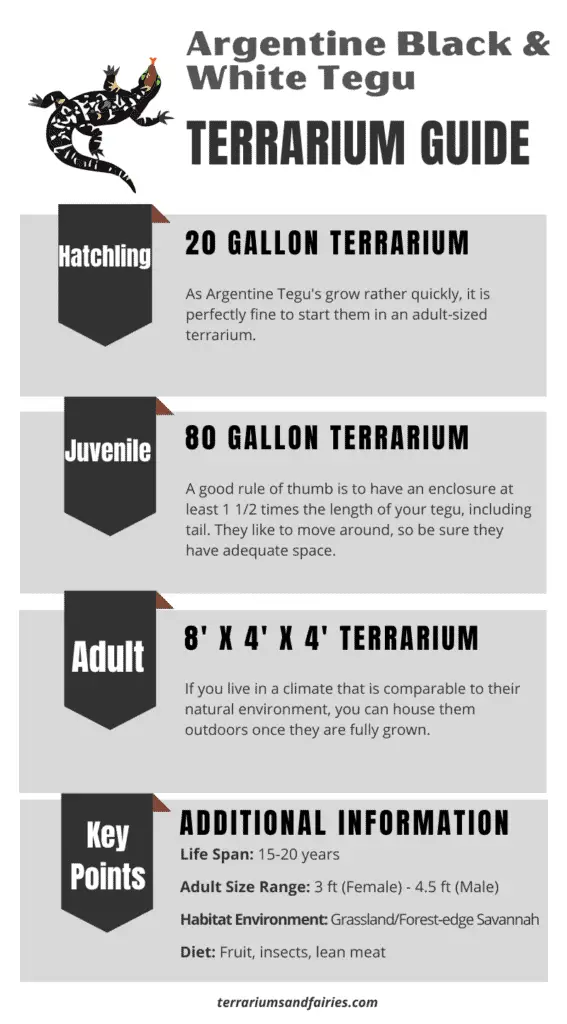
6. Box Turtle
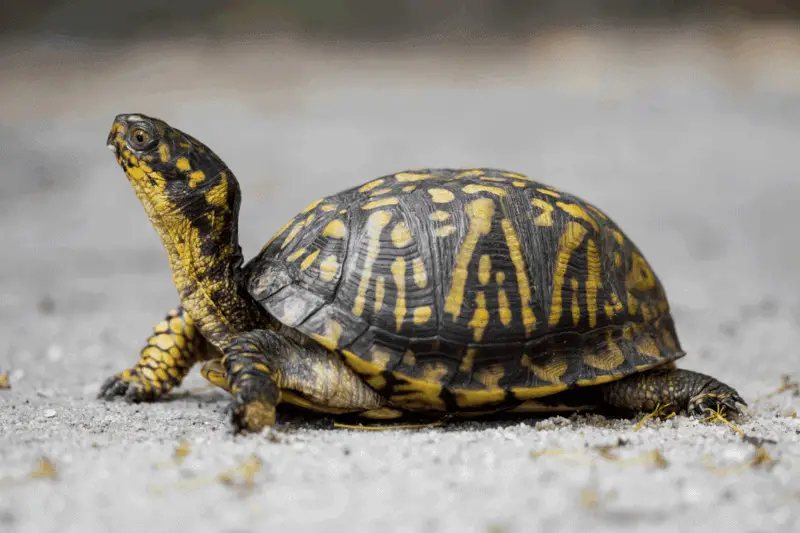
Box turtles are a great pet for families that are inexpensive and have a long-life span. They are small and easy-to-handle with relatively low maintenance.
Be sure to avoid terrariums made from glass and to try and replicate their natural environment. Make sure there are plenty of leaves and logs for them to hide in and that they have a shallow pool to swim and soak themselves in. Be sure that the water is no deeper than the turtles chin as box turtles struggle to swim and could drown.
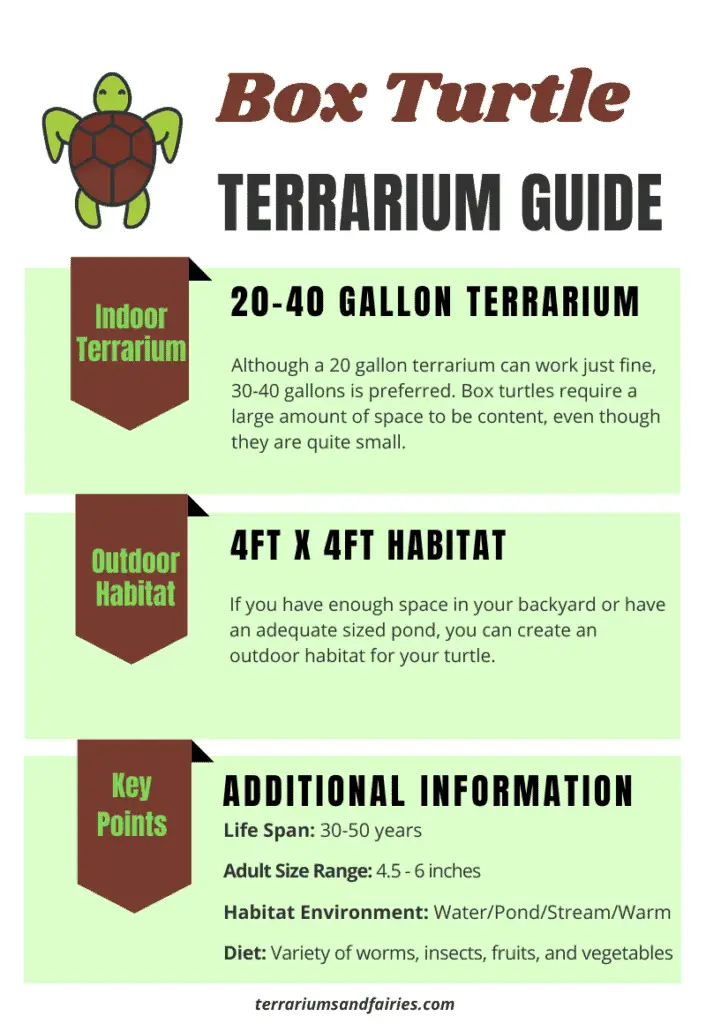
7. Crested Gecko
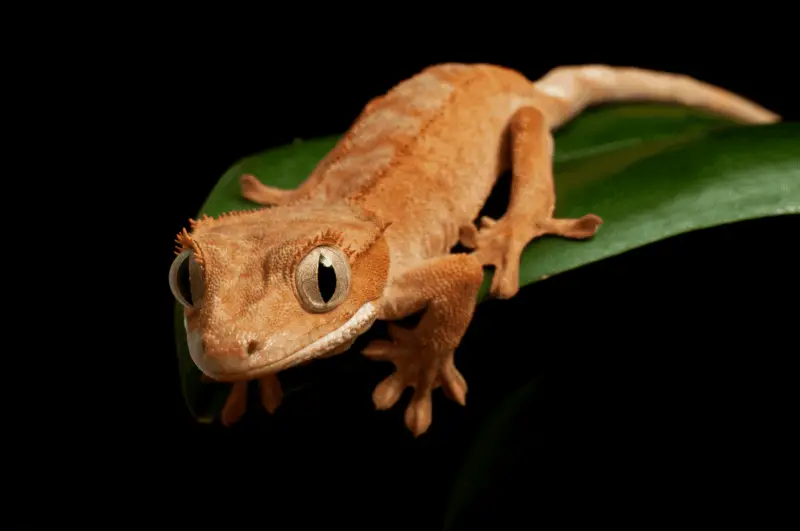
Crested Gecko’s are easy to care for and make great pets for beginners. Be sure not to pair two males as they will continuously fight. Try and keep geckos’ similar sizes within your terrarium as smaller ones often become a meal for the larger one.
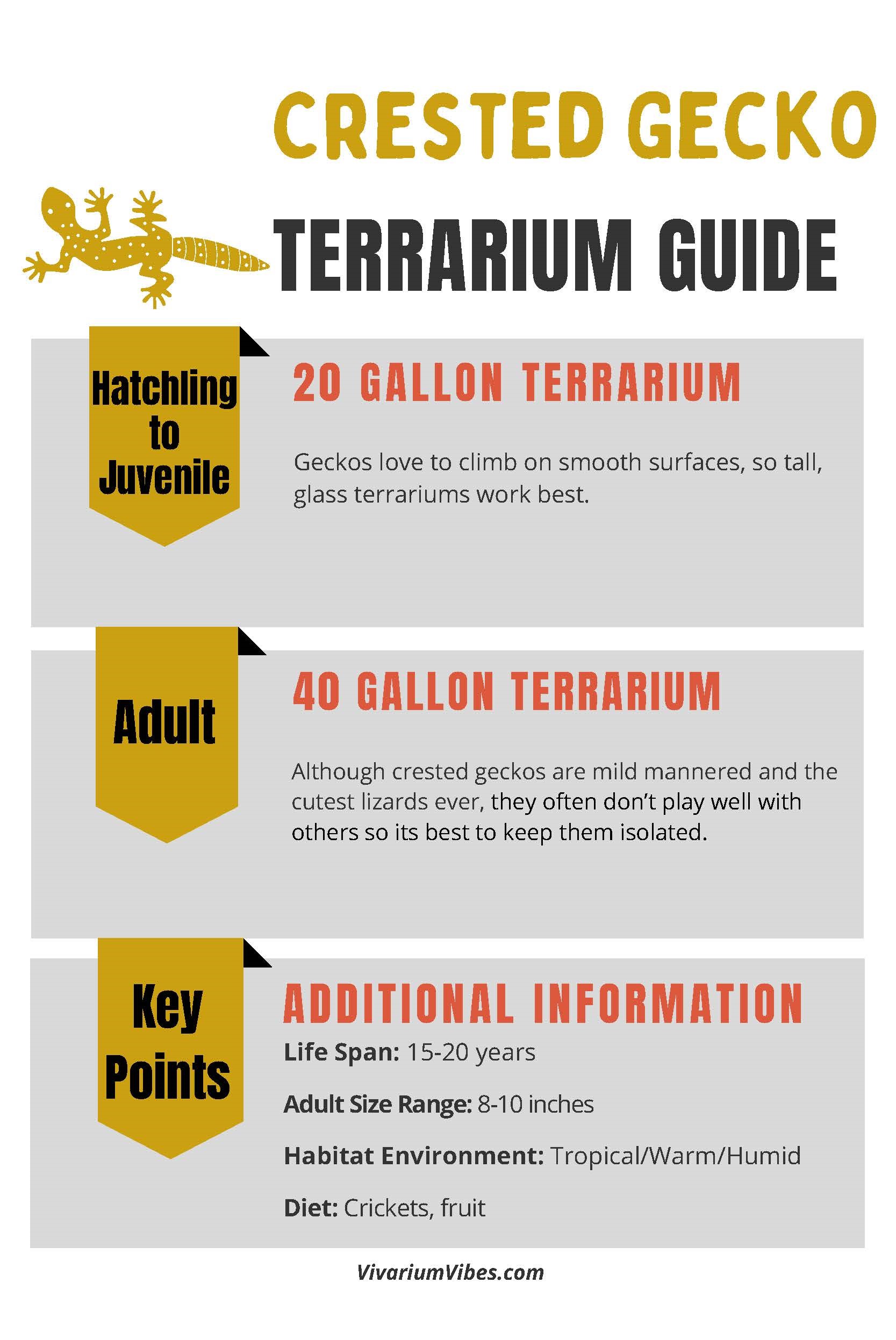
8. Red-Eared Slider
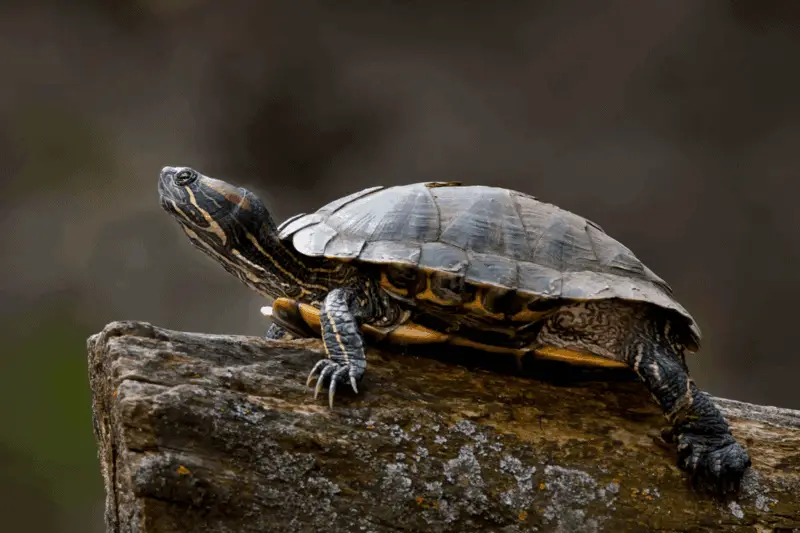
Red-Eared Sliders require a lot of space with both water to swim in and dry areas where they can bask in the sun. Be sure to have adequate heating and lighting equipment as turtles do not have the ability to maintain their body temperature.
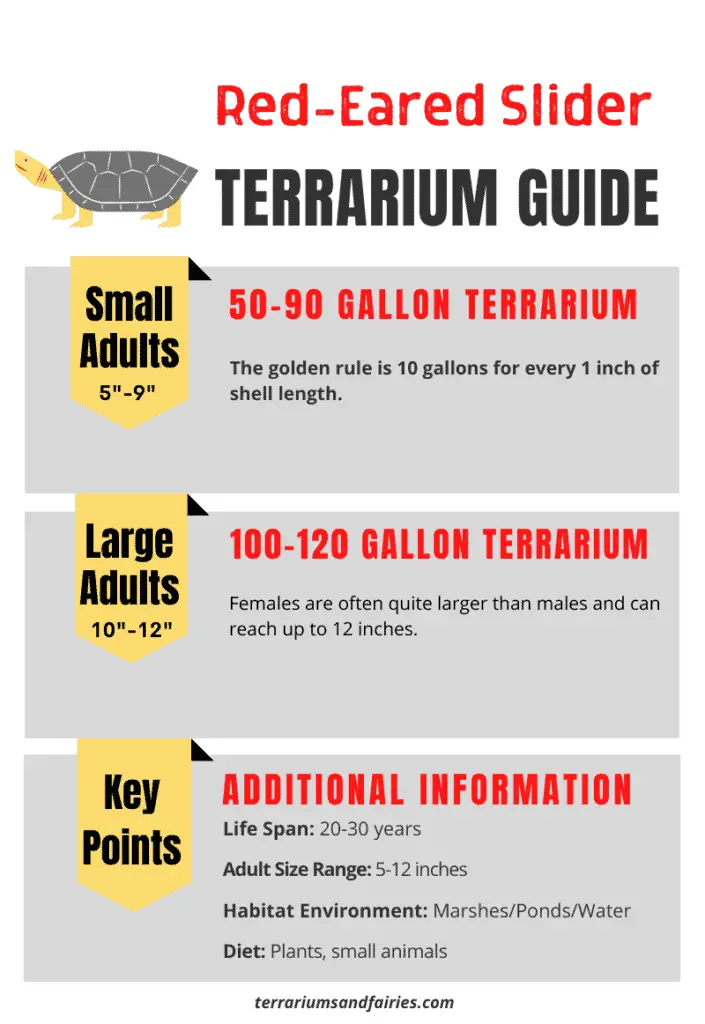
9. Veiled Chameleon
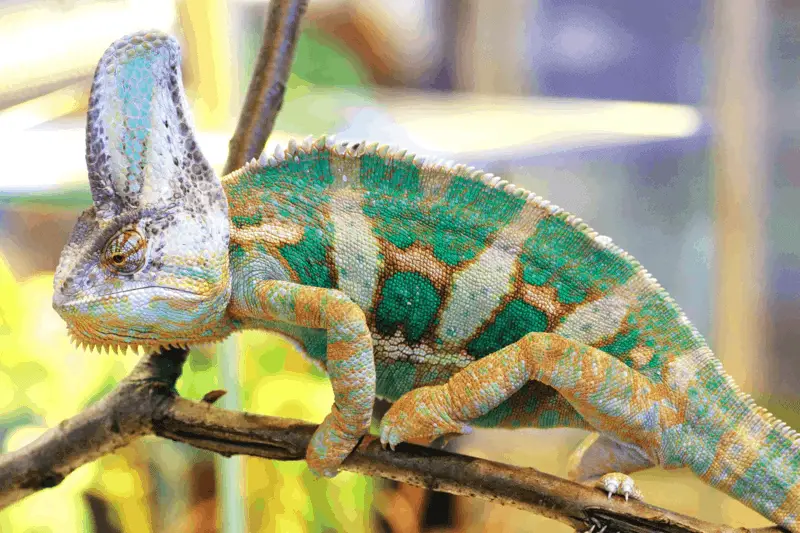
Veiled Chameleons require an experienced owner as they need very specific amounts of vitamin A, D and UV light. Make sure to include lots of foliage like vines and tree branches in your terrarium. These little guys love to climb and disappear within their environment.
Veiled chameleons are no domesticated and they do not like to be handled. You should avoid handling your chameleon as much as possible as too much stress can cause premature death. Chameleons like their privacy and so it is usually best to keep one chameleon per terrarium enclosure.
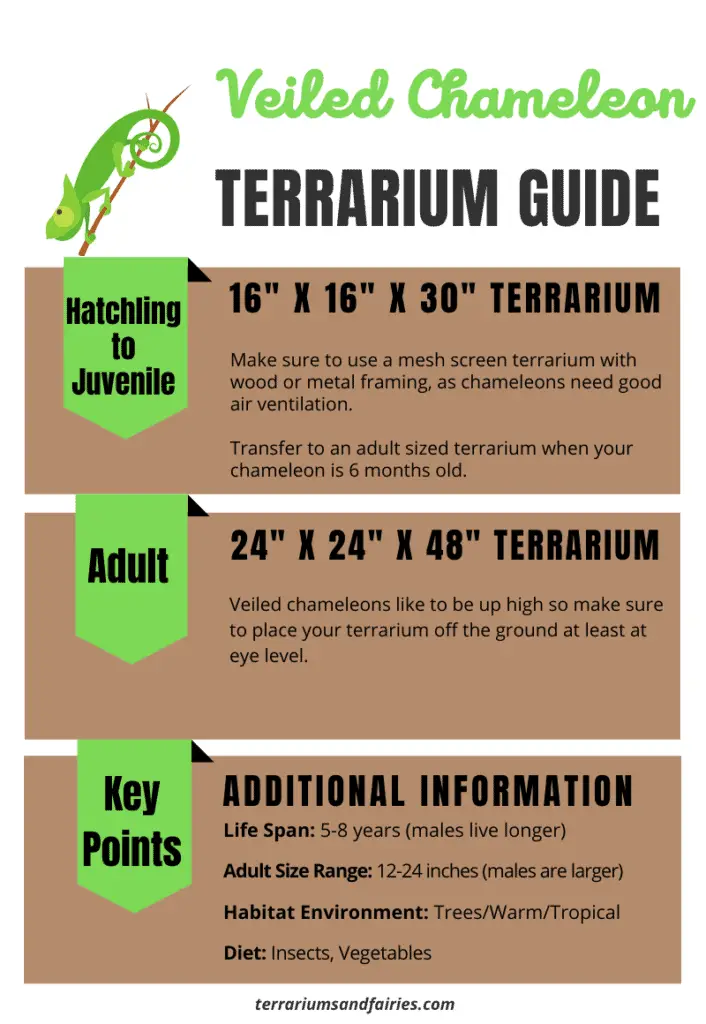
This Mesh Screen Terrarium is a great enclosure choice for Veiled Chameleons as it provides the essential air ventilation needed.
10. Blue-Tongue Skink
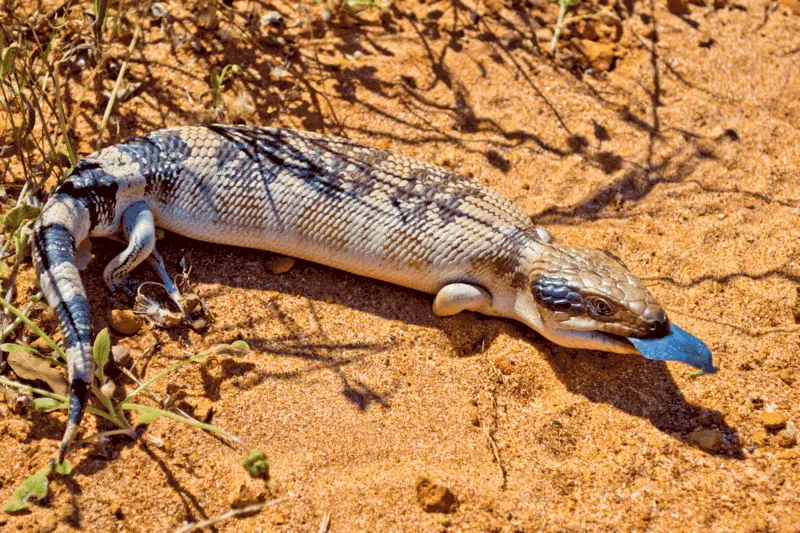
Having grown up in Australia, I would often find these beautiful creatures creeping around our garden. They are friendly, docile lizards, that often enjoy a nice head rub. It is best to keep blue-tongue skinks in solitary terrariums as they do not play well with others.
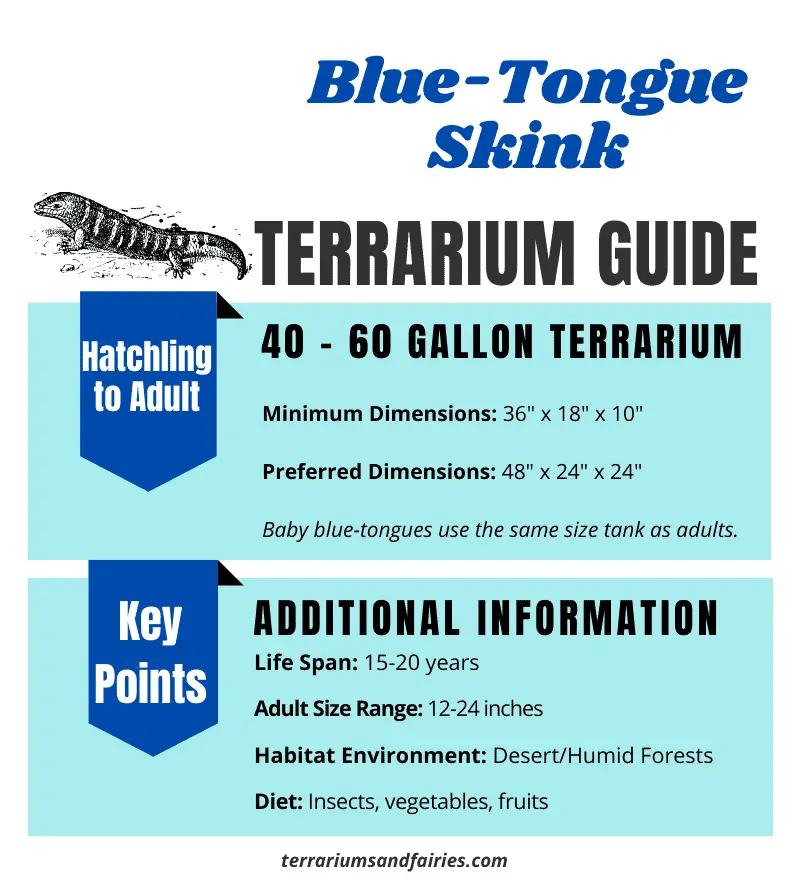
11. Leopard Gecko
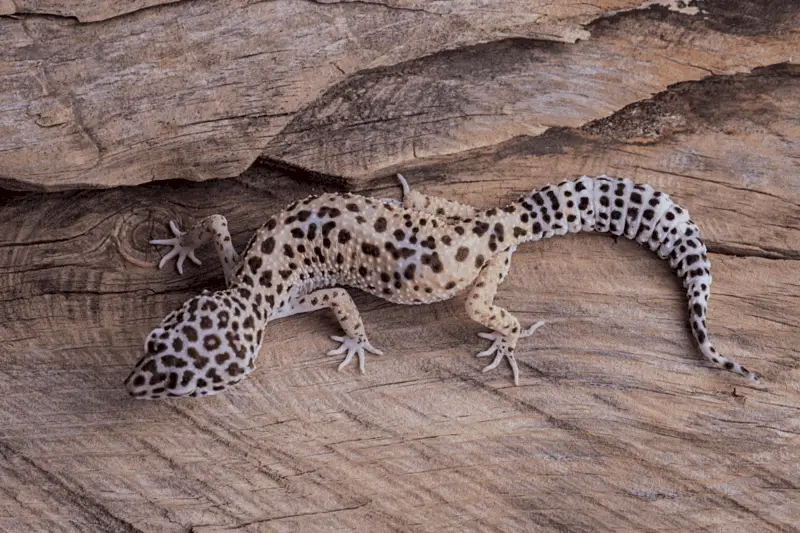
Leopard Geckos are a great pet for any first-time owner as they are docile, friendly, and beautiful to look at. They are fine to mix with females but avoid pairing with other males. They love to make noise and you are likely to hear either a chirping or barking sound when they get excited.
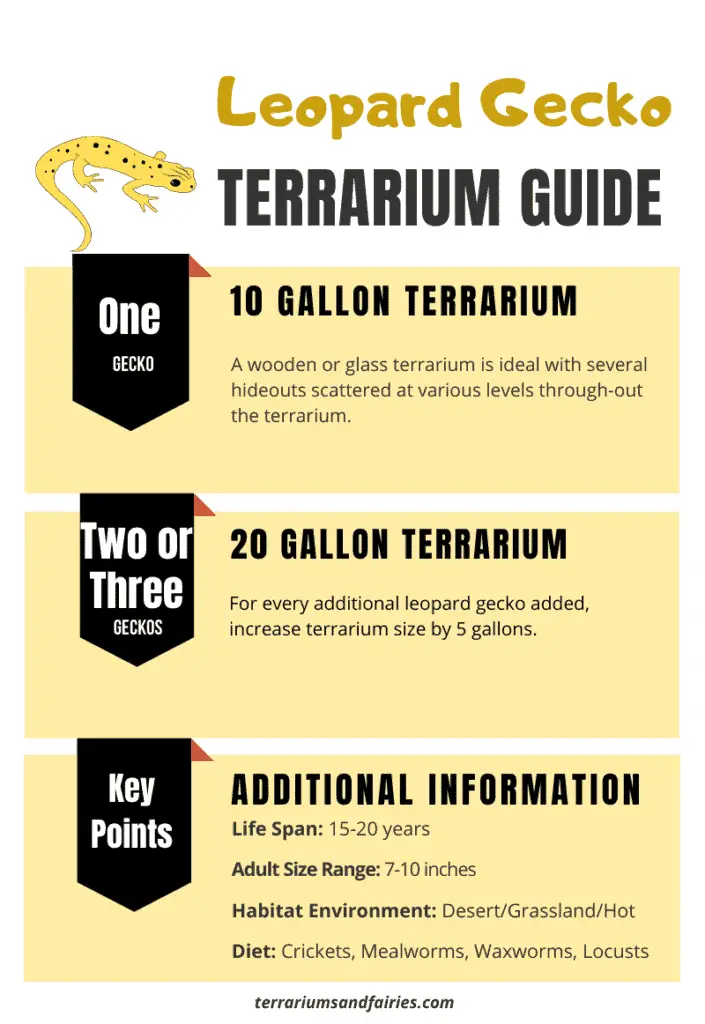
12. Ball Python
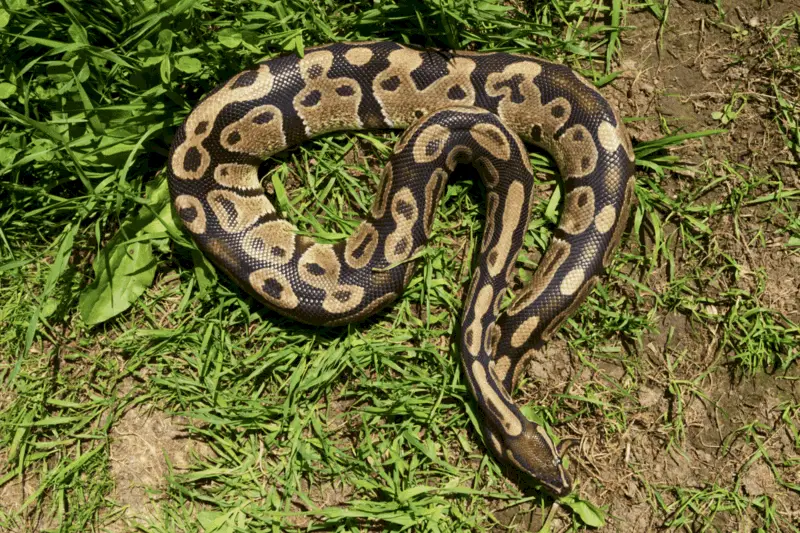
Ball Pythons are the perfect pet for first-time snake owners. They live between 20-30 years, are easy to manage and have a simple, rodent only diet. Ball pythons are non-venomous and a great pet to handle.
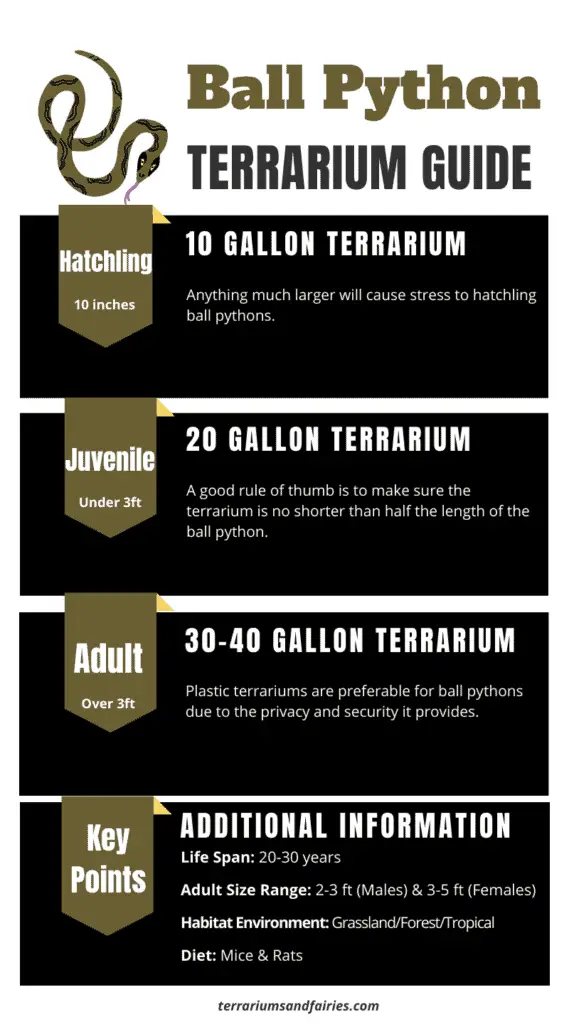
13. Uromastyx
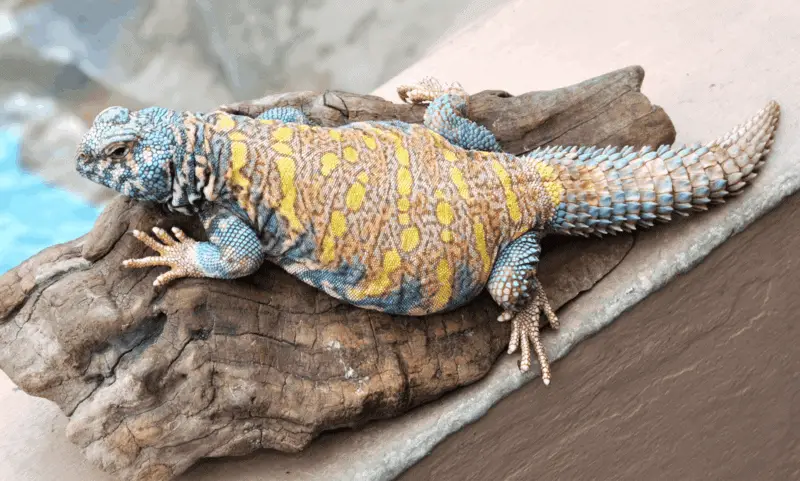
The Uromastyx is a great excellent for beginners due to their docile temperament and unique appearance. Unlike most lizard species, the Uromastyx does not eat insects and prefers leafy greens and vegetables. Make sure to have adequate heat lamps as these beautiful reptiles love the heat.
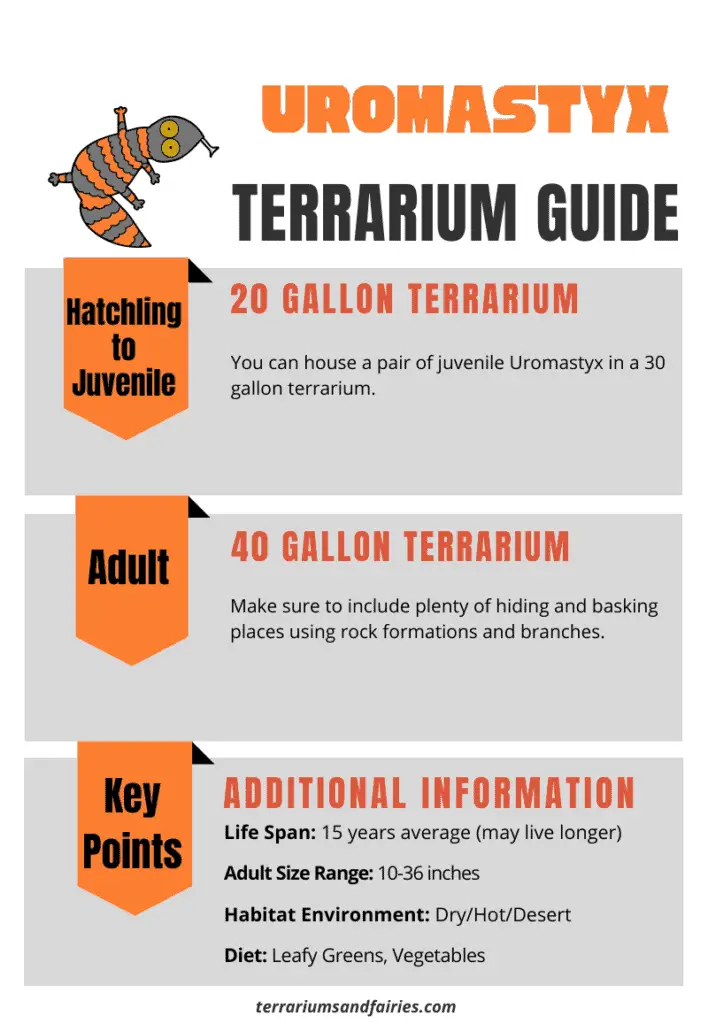
14. California Kingsnake
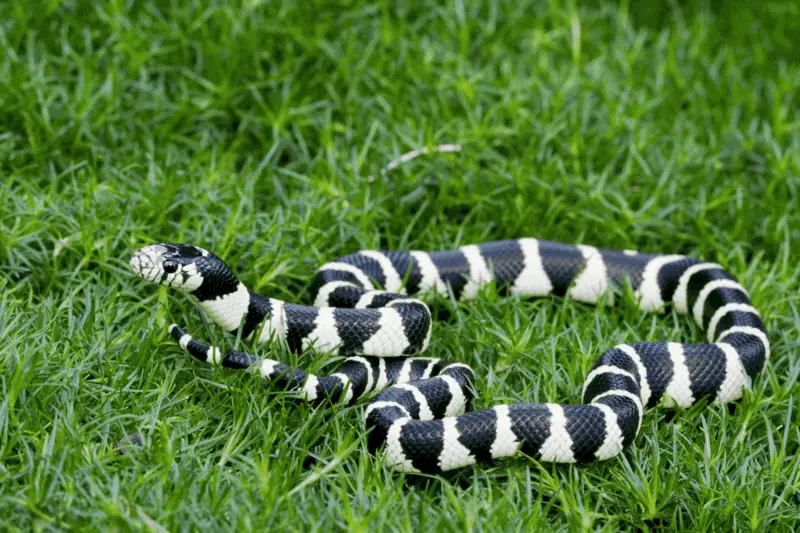
The California Kingsnake is a great first pet for snake lovers. They are docile, nonvenomous, low-maintenance, and affordable. California Kingsnake’s can live in a variety of environments including forests, marshes, deserts, and grasslands. They are known as the “King” of snakes due to their immunity to most snake venom.
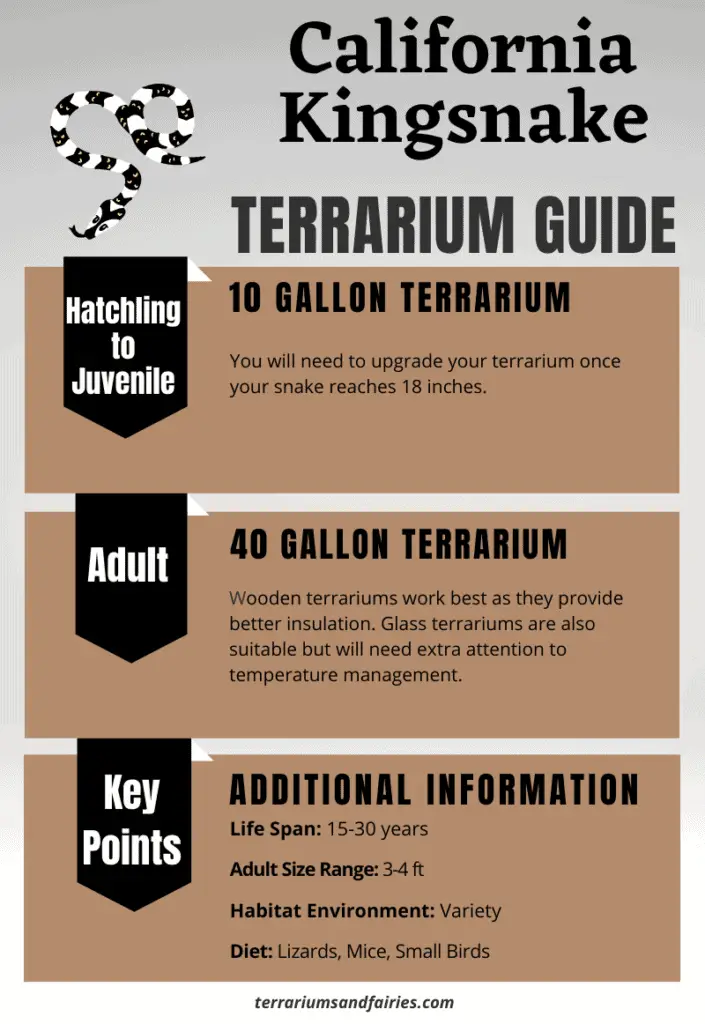
15. Green Iguana
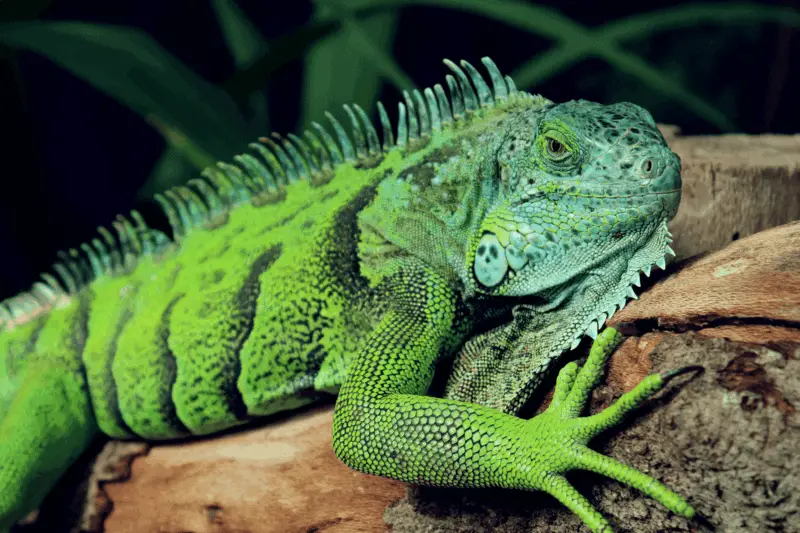
Green Iguana’s are a popular pet choice due to their size and dinosaur-like appearance. They are strictly herbivores and can come in a variety of bright colors, despite having the name “Green Iguana”. Green Iguana’s do best alone so try and keep only one per terrarium enclosure.
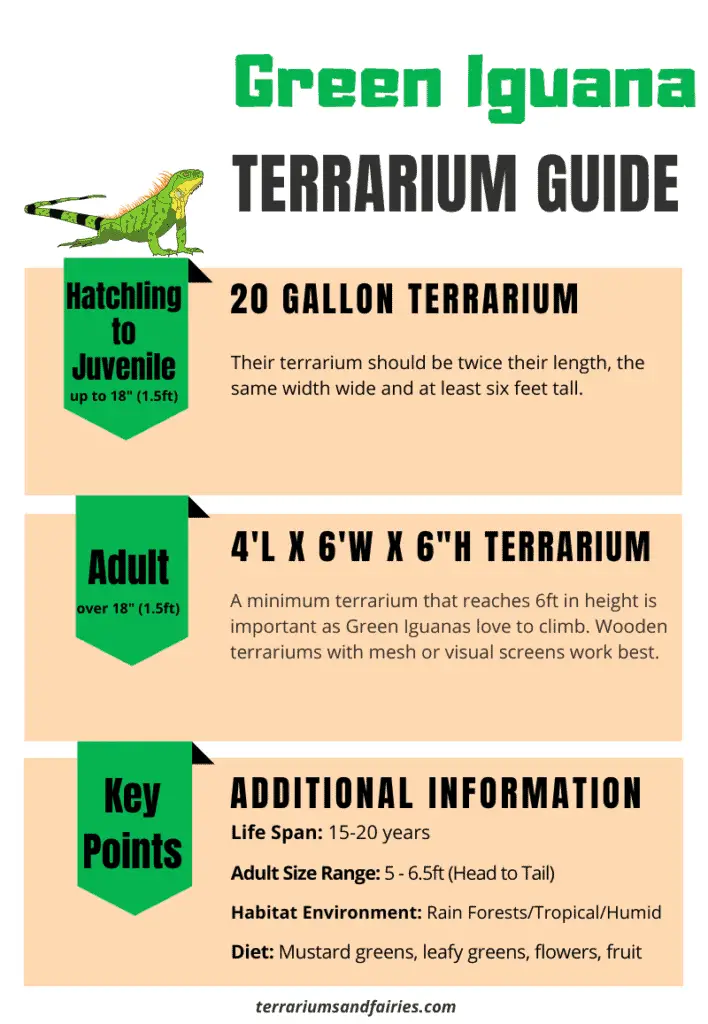
Final Thoughts
All the above reptiles can make great pets for you and your family. The key thing to remember is to make sure you understand the current size and potential growth capacity of your reptile when thinking about terrarium sizes. Some reptiles grow rather quickly and can easily outgrow their juvenile enclosure within a short period of time. Keeping your reptile in an enclosure that is too small puts the life of your reptile at risk.
If your reptile is healthy and happy, then the longer you will have to create amazing memories together!

Meet Brad, the creator behind Vivarium Vibes, where his deep connection with nature and animals truly comes to life.
